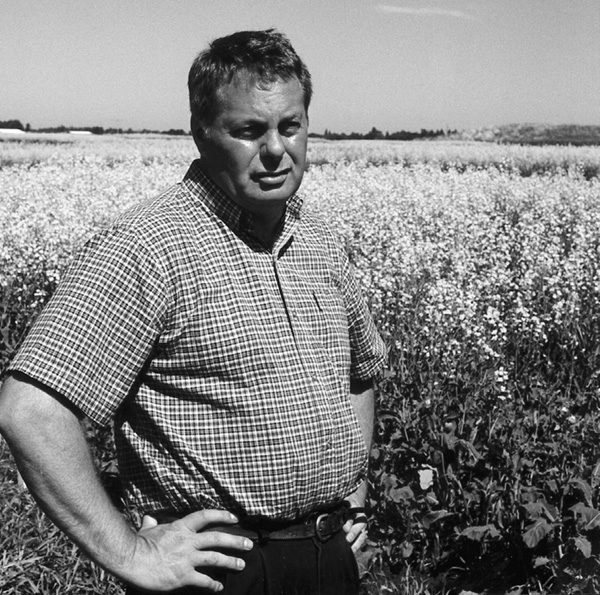No-Till Farmer
Get full access NOW to the most comprehensive, powerful and easy-to-use online resource for no-tillage practices. Just one good idea will pay for your subscription hundreds of times over.

When it comes to analyzing the practical benefits of direct seeding research in western Canada, three key words to keep in mind are “pyramiding, piling and stacking.”
By pyramiding research information dealing with seeding rates, banded fertilizer and other scientific findings, growers are becoming much more efficient in direct seeding crops, maintains George Clayton.
“We are taking what we learned from previous experiments and pyramiding and stacking the management ideas with newer technologies,” says the section head for plant and soil research at the Lacombe Research Centre in Lacombe, Alberta.
“In fact, we have tripled the amount of research plot land in recent years and use a field-sized no-till seeder to produce valuable results for farmers,” says Neil Harker, a weed scientist at the Agriculture and Agri-Food Canada facility in Lacombe. “This means our research with direct seeded barley, canola, peas, wheat and oats has had much more than three times the impact and credibility with area growers.”
Whether you call it direct seeding, no-till or zero-till, Clayton says the key to turning out valuable research data has been a team approach. This looks at cropping problems and opportunities from a best management practices viewpoint in an effort to more effectively pyramid any new technologies.
“There aren’t many researchers doing this pyramiding work,” says Harker. “The larger plot size definitely helps and the piling and stacking of the latest direct seeding technology has resulted in a tremendous amount of farmer involvement.”
Among the direct seeding practices being studied by these…